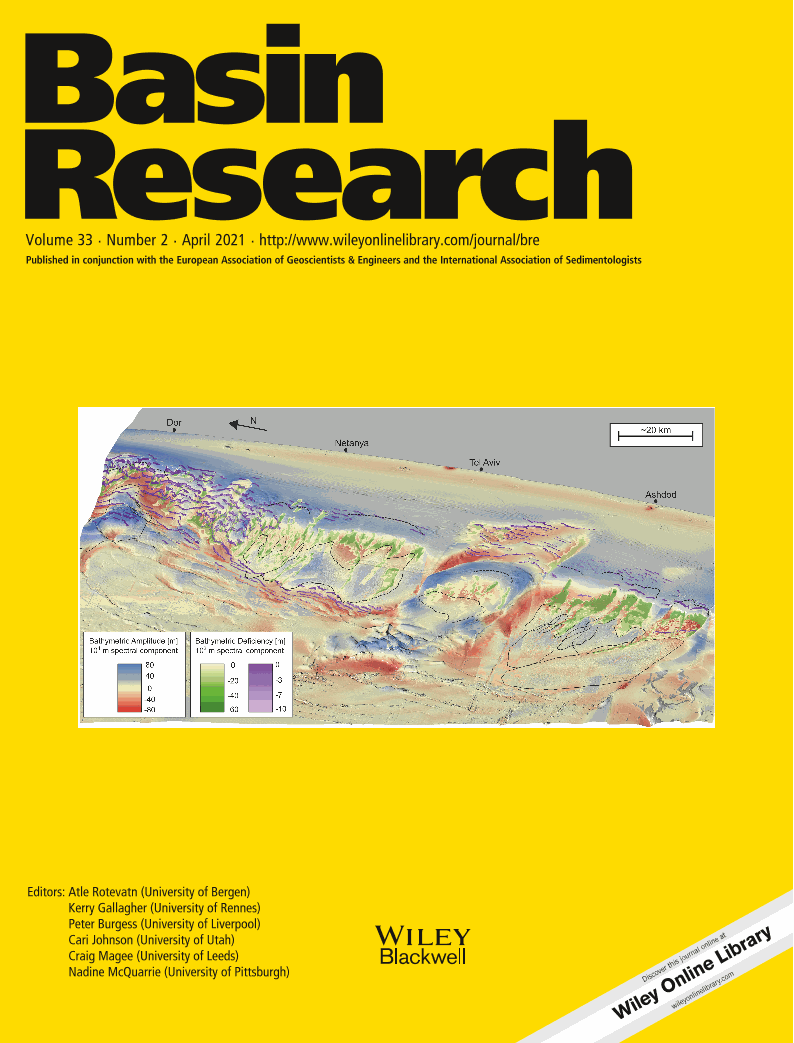
Full text loading...
 , Andrew K. Laskowski1, Misia F. Zilinsky1, Wang Chao2, Xudong Guo2, Fulong Cai2, Ding Lin2
, Andrew K. Laskowski1, Misia F. Zilinsky1, Wang Chao2, Xudong Guo2, Fulong Cai2, Ding Lin2
Trench basins preserved along the southern margin of the Lhasa Terrane, Tibet, are sedimentologic records of convergent margin processes preceding Cenozoic India–Asia collision. We present new sedimentologic, petrographic and geochronologic data from the Rongmawa Formation and surrounding strata near Dênggar, Tibet, to determine depositional environment, provenance and age. Depositional ages range from ca. 92 to 87 Ma and lithofacies are consistent with deposition by low‐ and high‐density turbidity currents and suspension settling of pelagic detritus in a deep‐marine, trench basin setting. Sandstone modal analyses and U–Pb geochronology indicate that trench basin detritus in this region was derived from the Lhasa Terrane. We interpret that the Cretaceous subduction trench received detritus from an axial sediment dispersal system that transported sediment from headwaters in the central‐southern Lhasa terrane near Lhasa City directly to the trench and then flowed westwards parallel to the trench. The preservation of trench basin strata deposited during Late Cretaceous time compared with the lack of trench deposits prior to ca. 92 Ma and after ca. 80 Ma suggests the margin experienced a period of significant accretion during this interval. In addition, deposition of trench basin strata occurred during Late Cretaceous adakitic magmatism and high‐temperature metamorphism, which are hypothesized to be explained by subduction of an oceanic ridge or subduction zone retreat and related upper plate extension along the southern margin of the Lhasa terrane. Subduction of an oceanic ridge may provide a mechanism to potentially erode forearc basin strata and promote increased sediment delivery directly to the trench.
,Provenance of Upper Cretaceous trench basin strata in southern Tibet are consistent with derivation from a margin‐parallel sediment dispersal system sourced near Lhasa City. Accumulation of trench strata along the southern margin of Asia during Late Cretaceous time suggests a period of accretion and increased sediment delivery directly to the trench possibly driven by a change in plate convergence and subduction of an oceanic ridge, respectively.

Article metrics loading...

Full text loading...
References


Data & Media loading...

